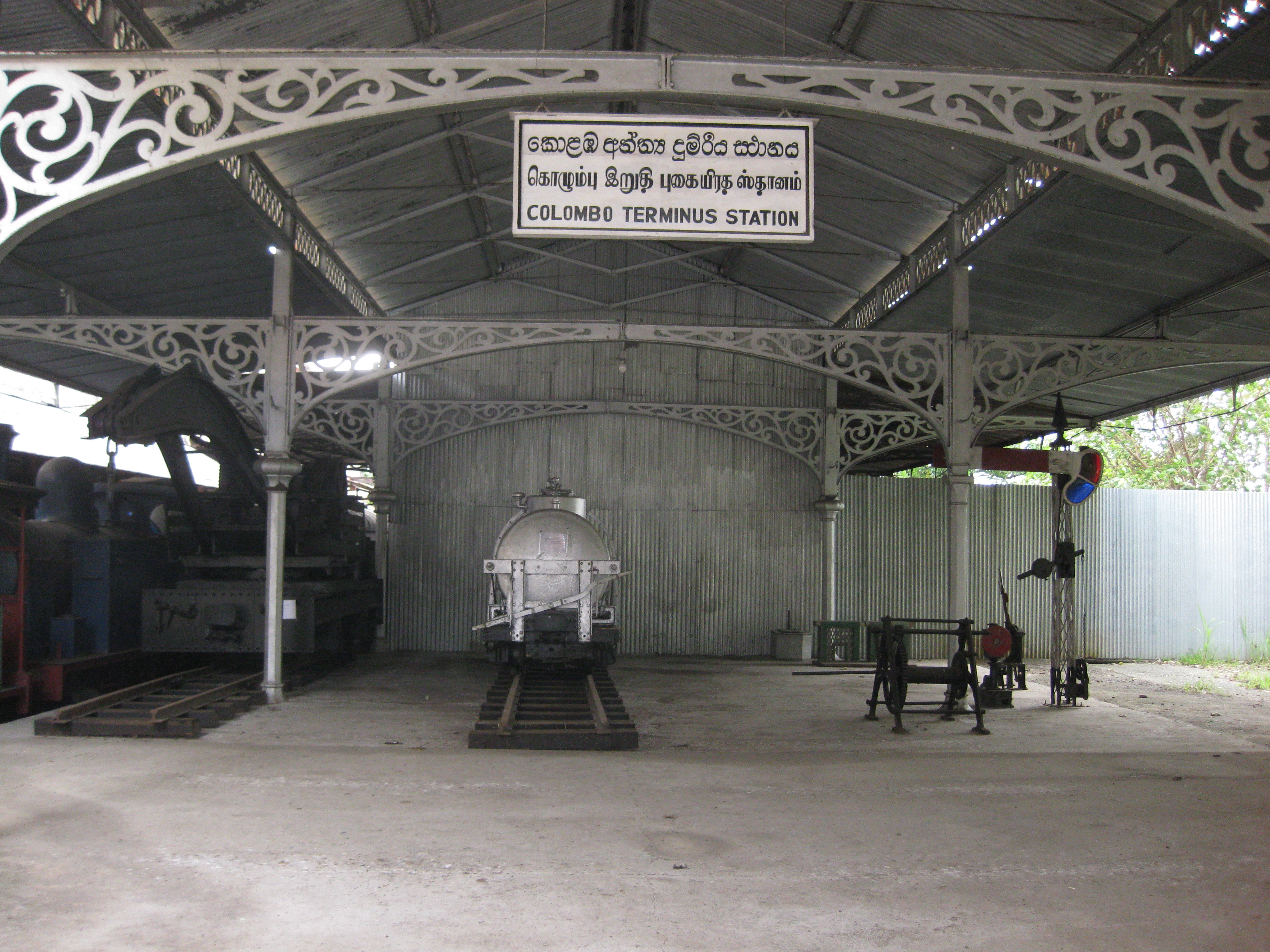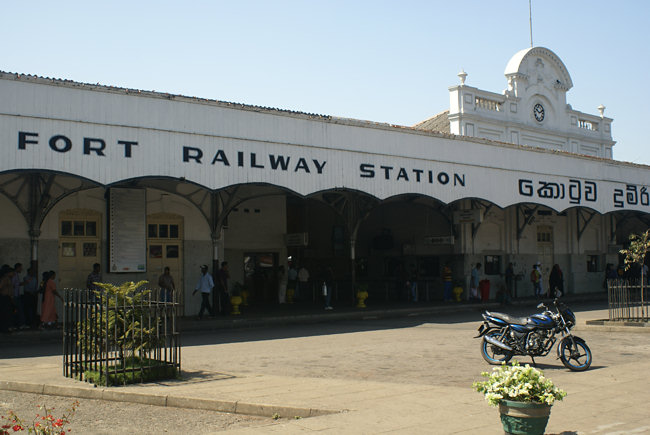By, Dr. Lopamudra Maitra Bajpai/newsin.asia
The railways came to Sri Lanka about twelve years after they did in neighboring India. The beginning was rough with many odds stacked against the project. But with the help of a Briton, W F Faviell, who had previously built a railway in India, railway construction got underway in the island colony in right earnest.
The first stretch was between Colombo and Kandy. The most difficult part of this stretch was the one from 53rd to the 65th mile, with the gradient being as steep as one in 44 for 12 miles. Ten tunnels were cut, the longest being 1,095 feet (338m).
Three thousand men worked through the hilly terrain battling malaria, cholera, snakes and leech-infested forests and monsoon rains to achieve the target.
Thomas Skinner’s account of the first railway construction speaks of the heavy bouts of cholera and malaria which claimed many lives. Labour was hard to find in Sri Lanka and therefore, many were brought form southern India. All equipment had to be imported from Britain and therefore there were delays too. But hindrances notwithstanding, the work was completed.
Thomas Skinner, who was in-charge of road and railway construction between Kandy and Colombo, in his autobiography (edited by his daughter Annie Skinner), Fifty Years in Ceylon- 1818-1868 says: “A railway has now been completed of seventy-four miles, between Colombo and Kandy, at a cost, not of £ 2,214,000 as approximately estimated by the Ceylon Railway Company, but for the sum of £ 1,285,000.”
Within a few years of its establishment, the railways helped the investors rake in profits, thanks to the growing demand for transportation by rail. The railways not only served trade and commerce but the traveling public too.

The Ceylon Directory for 1875, page 265d, states: “At present we pay an annual consolidated sum for interest and sinking fund of £ 62,000, and last year the railway not only provided this but gave to the general revenue £ 90,000 more. In a few years, the last of the debentures for the main line will be redeemed, and all the profit will then be so much gain for the Revenue.”
Good management marked the initial days of the Ceylon Government Railway (CGR). As Wright said: “The Ceylon Railway system supplies perhaps the most notable example of successful state ownership and direction of railways that the Empire affords…. allow a substantial contribution being made to the general revenue of the colony. In 1905, the profit on the year’s working (receipts amounting to Rs 9690,653 and expenditure to Rs. 5206,899) was no less than Rs. 4483,754, an amount which showed an increase of Rs. 633, 201 on the profits of the previous year. Taking the whole of the outlay on the lines from their inception, the surplus of 1905 represents a return of 6.3 per cent.”
The financial well-being of the railways, paved the way for greater investment in railway infrastructure. Increasingly heavy traffic exposed the inadequacy of the facilities available at the Colombo Terminus.
This resulted in the launch of the Colombo Stations Extension Scheme in 1906. The scheme involved reconstruction of lines in Central Colombo. Much of the new work was on land reclaimed from Beira Lake.
The Colombo Terminus was closed and a large new station was built in Maradana and opened for use in 1906. The Colombo Fort station opened in 1908 to be the new central station for Colombo using a new alignment of tracks on reclaimed land. However, some aspects of the scheme were not completed till 1926.
There was a broad gauge system in the ports and a narrow gauge system in the Salterns.
Today, the arched colonial style entrances of the first railway station in Colombo- the Colombo Terminus Station- stand behind a short, white boundary wall at the confluence of Trace Lane and Olcott Mawatha. The doors lead to the restructured railway museum which was opened to the public in May 2009.
Crossing the arched doorways, one enters a spacious hall with a variety of old artifacts on display. The roof is tiled and pyramidal. Cast iron pillars provide support. Decorative plinths double up as skylights to enable ample air-circulation.
The old railway station connected the mountainous region of Nuwara Eliya with its coffee plantations to the Colombo harbor.

In the museum one finds artifacts which are 50 to 150 years old. They include gaslights, signal machines and signals, telegraph machines, relay machines, telephones, cast iron signposts, kitchen utensils and crockery used in trains, among others.
But the most impressive displays are in the semi-covered area outside. These are a few locomotives from the past. On short and dead-end tracks stand two broad gauge steam locomotives belonging to the Colombo Port Commission. These are Hunslets. A massive wagon pulling crane stands next to the locomotives. It is the Kelani Valley Breakdown Crane.
Immediately next is a coconut oil tanker from the narrow gauge Udupussawala Railway. It takes us back to the day when there arose an urgent need for massive coconut oil tankers.
In the far corner of the open space is a wooden ticket counter and a western-style wooden commode. Such commodes were used in the first-class coaches. There is a wide range of fine bone-china crockery giving an idea of how First Class passengers traveled in style those days.
The faded sepia-toned pictures depict the long distances that the railways used to cover. The picturesque landscape along the upward climb to the hilly regions are well depicted.
On the landscape as witnessed during the rail journeys, Ceylon Directory says: “The visitor takes the train and for about 45 miles travels through almost flat country, the cultivation of rice in various stages and coconut-palms appearing to form the principal business of the people in this part. The railway then begins to ascend the Kadugannawa incline, and the visitor, from his seat in the train, views mile after mile of splendid scenery.”
(The featured image at the top is that of the old entrance to the rail-lines of the Colombo Terminus Railways Station- now housed in the railway museum)
(Writer Dr.Lopamudra Maitra Bajpai is a cultural and visual anthropologist)




























































